In the heart of Rio de Janeiro’s storied Little Africa, Ciata’s home, Casa da Tia Ciata, became a vibrant epicenter where samba’s pioneers gathered to shape its evolving sound and spirit. As a pivotal figure, Ciata’s efforts to preserve and transmit the musical traditions of the Afro-Brazilian community would leave an indelible mark, paving the way for samba’s rise as a cultural cornerstone. What untold stories and insights into samba’s origins lie within the doors of Ciata’s legendary abode?
Key Points
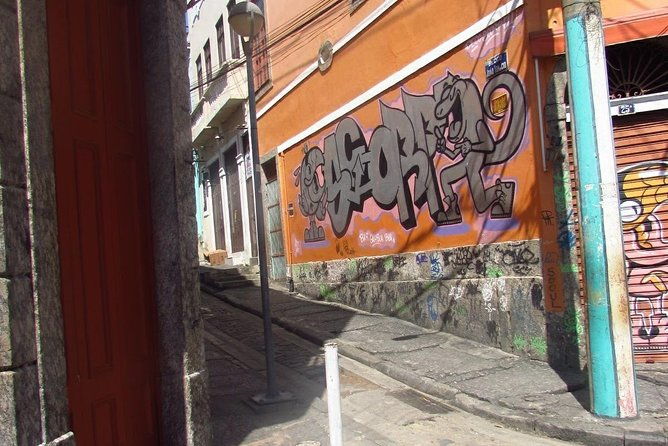
-
Ciata’s home, Casa da Tia Ciata, served as a hub for samba musicians and dancers, facilitating collaboration and preserving samba traditions in Little Africa.
-
Ciata played a pivotal role in the samba community of Little Africa, nurturing the transmission of samba’s cultural heritage and artistic expressions.
-
Samba’s evolution was influenced by Ciata’s contributions, as her home became a space for the blending of Afro-Brazilian and European musical elements.
-
Ciata’s legacy has had a lasting impact on Rio de Janeiro’s cultural landscape, shaping the social and political significance of samba as a unifying force.
-
The cultural traditions and artistic talents nurtured within Ciata’s home continue to be celebrated and preserved in the vibrant samba community of Little Africa.
The Birthplace of Samba
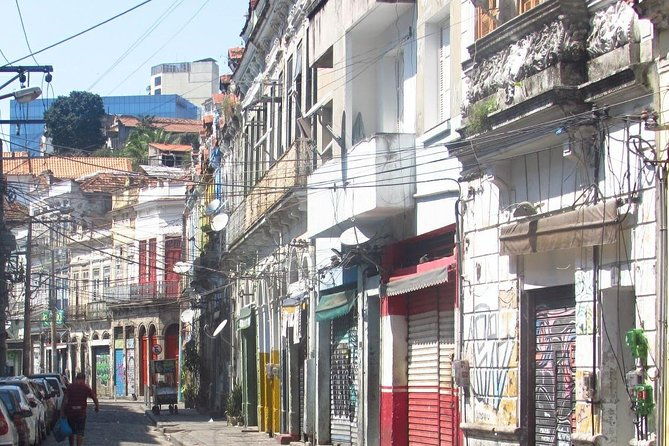
Little Africa, located in the heart of Rio de Janeiro, is considered the birthplace of samba.
This vibrant neighborhood was home to a thriving Afro-Brazilian community in the early 20th century. It was here that the rhythmic beats and infectious melodies of samba first emerged, drawing from a rich cultural heritage.
The region’s social clubs, known as "rodas de samba," became hubs of musical creativity, where musicians and dancers would gather to share and refine their art.
From these humble beginnings, samba would go on to captivate the world, cementing its status as a quintessential part of Brazilian identity.
Fascinated by the past? Here are other historical experiences we've covered in Rio de Janeiro
Cultural Traditions in Little Africa
In the heart of Rio de Janeiro, the neighborhood of Little Africa has long been a vibrant center of Afro-Brazilian cultural traditions.
From samba circles to Capoeira performances, the area celebrates its rich heritage. Residents gather in public squares to participate in lively drum circles, keeping the rhythms of their ancestors alive.
The neighborhood’s churches also host festive religious ceremonies, blending Catholic and Yoruba influences.
Colorful festivals, like Carnival, showcase the neighborhood’s artistic talents, with elaborate costumes and energetic dances.
Little Africa’s cultural fabric is a testament to the enduring spirit of the Afro-Brazilian community.
Ciata’s Legacy and the Samba Community
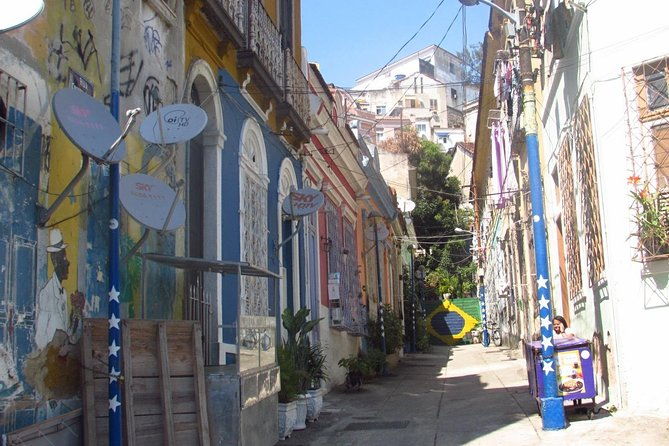
Although Little Africa has long been celebrated for its vibrant cultural traditions, the neighborhood’s legacy as the birthplace of samba is largely attributed to the influential figure of Ciata.
As the owner of the iconic Casa da Tia Ciata, she played a pivotal role in fostering the samba community. Ciata’s home became a hub for samba musicians, dancers, and enthusiasts, who gathered to:
-
Collaborate and exchange ideas
-
Preserve and pass down samba traditions
-
Nurture the talents of up-and-coming artists
Ciata’s unwavering dedication and the thriving samba scene she cultivated have had a lasting impact on the cultural landscape of Rio de Janeiro.
Exploring the Samba Rhythm
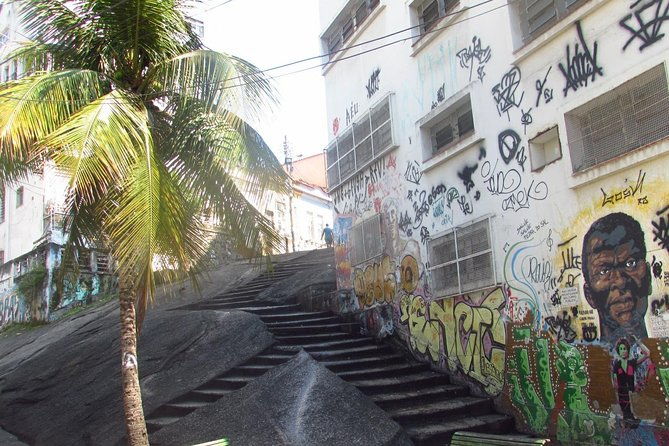
At the heart of the samba experience lies the captivating rhythm that has captivated audiences worldwide.
Samba’s distinctive beat is rooted in African musical traditions, blending elements of percussion, melody, and dance. The driving pulse is created by a combination of drums, such as the surdo, repinique, and tamborim, each contributing its unique sound and rhythm.
This intricate interplay of rhythms, often accompanied by call-and-response patterns, gives samba its infectious and energetic quality.
Exploring the samba rhythm immerses visitors in the vibrant cultural heritage of Rio’s Little Africa, where the roots of this beloved music genre were nurtured.
The Evolution of Samba Music
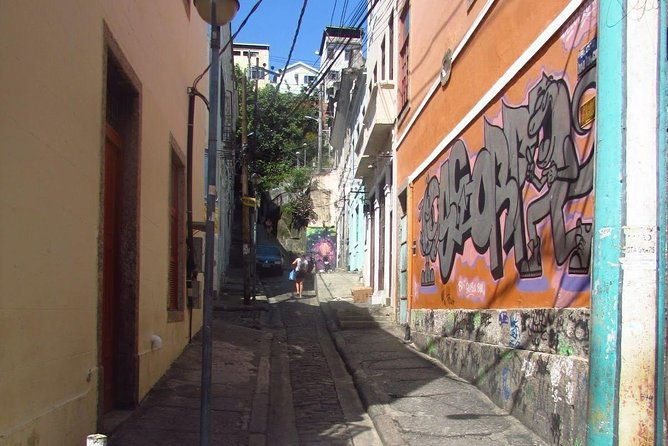
Samba’s evolution as a musical genre can be traced back to the late 19th century, when it emerged from the vibrant cultural melting pot of Rio de Janeiro’s Little Africa neighborhood.
This neighborhood was home to a diverse community of African descendants, who blended their traditional rhythms and musical styles to create the foundations of samba.
The evolution of samba can be characterized by three key developments:
-
The incorporation of European musical elements, such as the waltz and polka, which helped samba gain mainstream popularity.
-
The rise of samba schools, which fostered the creation of more complex and organized samba compositions.
-
The increasing influence of Afro-Brazilian religious practices, which infused samba with deeper spiritual and cultural significance.
- Petropolis the Imperial City With Beer Tour and Lunch
- Petropolis the Imperial City With Beer Tour and Lunch
- Full Day: Christ Redeemer, Sugarloaf, City Tour & Barbecue Lunch
- Hang Gliding Hang Gliding Experience Rotorfly
- The Best Half Day in Rio With Christ Redeemer and Sugar Loaf Hill
- A Day in Rio – Full City Tour
Discovering the Vibrant Dance Moves
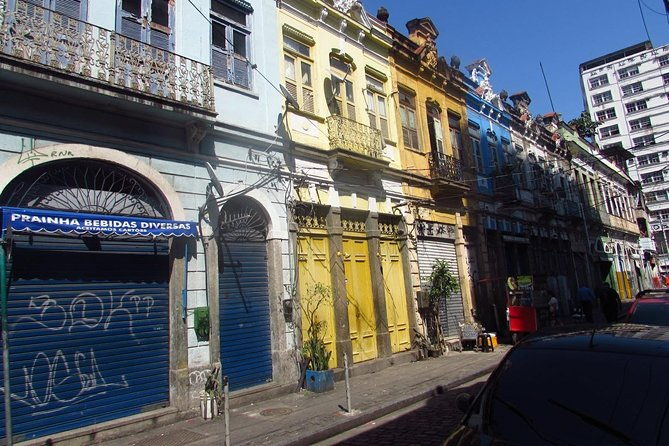
As visitors explore the vibrant streets of Little Africa, they’ll be captivated by the mesmerizing dance moves that have become synonymous with samba.
Performers flawlessly execute intricate footwork, hips swaying with rhythmic precision. The infectious energy of the music propels dancers into a joyful trance, their bodies undulating with fluid grace.
Each step and sway reflects the rich cultural heritage of this neighborhood, where samba was born and nurtured.
Visitors are encouraged to join in, letting the beat move them as they enjoy the dynamic spirit of this beloved Brazilian dance form.
The Social and Political Significance of Samba
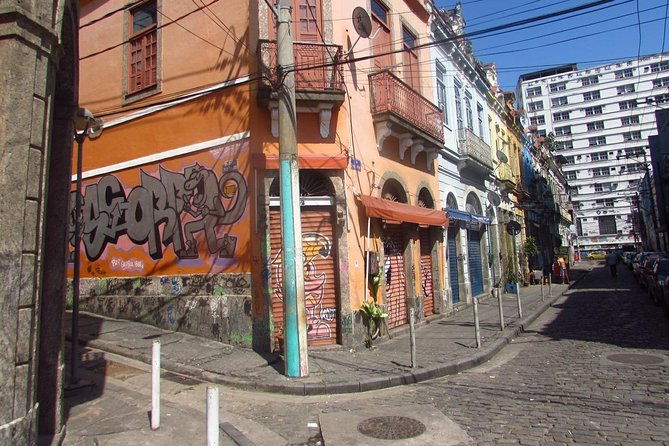
The social and political significance of samba can’t be overstated. This vibrant dance form served as a powerful expression of identity, community, and resistance for the African diaspora in Brazil.
Samba emerged from the marginalized neighborhoods of Rio de Janeiro, known as "Little Africa," and became a unifying force, connecting people across racial and class divides.
Samba emerged from the marginalized neighborhoods of Rio de Janeiro, known as "Little Africa," and became a unifying force, connecting people across divides.
Samba’s impact can be seen in three key ways:
-
As a cultural affirmation, samba celebrated the heritage and resilience of Afro-Brazilian communities.
-
Politically, samba provided a platform for social commentary and critique of the status quo.
-
Economically, the samba schools and carnival festivities became vital sources of employment and income for the local population.
Experiencing the Ciata Paths Tour
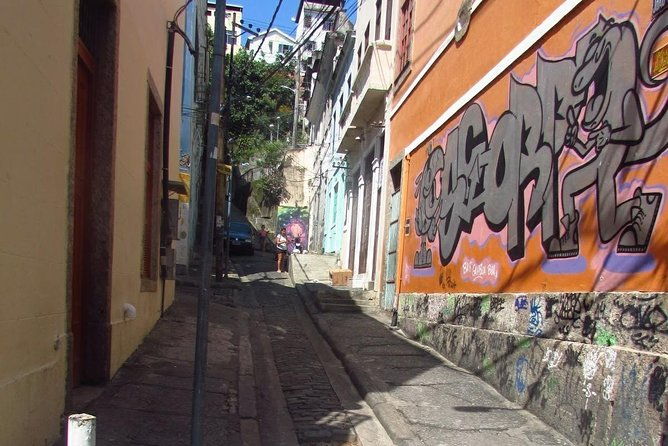
Travelers embark on the Ciata Paths tour to enjoy the vibrant history of samba’s origins within the "Little Africa" neighborhood of Rio de Janeiro.
Led by an accredited guide, the tour explores the cultural significance of this iconic music, tracing its roots through the streets and landmarks that shaped its evolution.
Visitors gain a deeper understanding of samba’s social and political relevance, while experiencing the rhythms and atmosphere that make this neighborhood a hub of Brazilian heritage.
The tour’s accessibility and positive reviews ensure an enriching experience for all who partake in this journey through Rio’s musical legacy.
Frequently Asked Questions
Is Transportation to the Meeting Point Included in the Tour Price?
The tour price does not include transportation to the meeting point. Attendees are responsible for making their own way to the starting location for the Ciata Paths – History of Samba in Little Africa tour in Rio de Janeiro, Brazil.
Can I Bring My Own Food and Beverages on the Tour?
Participants are welcome to bring their own food and beverages on the tour. The tour description doesn’t mention any restrictions on outside food or drink. As long as they don’t disrupt the experience, visitors can enjoy their own refreshments during the tour.
Are There Any Age Restrictions for the Tour Participants?
The tour has no age restrictions – infants must sit on laps, and most travelers can participate. The tour is accessible for all ages, with no minimum or maximum age requirement specified.
Can I Take Photographs and Videos During the Tour?
Yes, participants can take photographs and videos during the Ciata Paths – History of Samba in Little Africa tour. The tour allows for photography and recording to capture the experience and sights along the way.
Is There an Option to Extend the Tour Duration?
Yes, there’s an option to extend the tour duration. Travelers can inquire with the tour provider about additional time beyond the standard offering. The tour may be customized to accommodate specific requests for a longer experience.
The Sum Up
Ciata’s Casa da Tia Ciata was the epicenter where samba’s rhythms and traditions were nurtured and transmitted. Preserving Afro-Brazilian cultural heritage, she played a pivotal role in shaping the vibrant samba community of Little Africa. Ciata’s legacy continues to resonate in the music and dance that define Brazil’s iconic cultural identity, serving as a testament to the enduring influence of her work.
More Helicopter Tours in Rio de Janeiro
- Rio De Janeiro: Helicopter Flight in Christ the Redeemer
- Scenic Helicopter Flight in Rio
- Rio De Janeiro: Helicopter Tour on the Beaches – 15 Min
- Private Helicopter Tour in Rio De Janeiro for 4 People-30 Minutes
- Helicopter Tour in Rio De Janeiro – 20 Minutes
- Rio De Janeiro: Helicopter Flight Without Doors Christ the Redeemer
More Tours in Rio de Janeiro
- Boat Tours in Búzios
- Telegraph Stone – Trail With Tour Guide and Transportation From the Hotel
- Private Hiking Tour to Telegrafo Stone + Grumari Beach – by OIR Aventura
- Grumari, Prainha & Pontal Beach Day Tour in Rio De Janeiro With Transfer
- 3-Day Customizable Tour of Rio De Janeiro
- Half-day Swim & Fun Boat Tour in Rio
More Tour Reviews in Rio de Janeiro
- Rio De Janeiro: Wake up and Sail
- Boat Tours in Búzios
- From Rio De Janeiro: Arraial Do Cabo Island Day Trip
- Telegraph Stone – Trail With Tour Guide and Transportation From the Hotel
- Private Hiking Tour to Telegrafo Stone + Grumari Beach – by OIR Aventura
- Grumari, Prainha & Pontal Beach Day Tour in Rio De Janeiro With Transfer
Still browsing? Here are more Rio de Janeiro experiences we've covered recently
- Rio De Janeiro: Wake up and Sail
- Boat Tours in Búzios
- From Rio De Janeiro: Arraial Do Cabo Island Day Trip
- Telegraph Stone – Trail With Tour Guide and Transportation From the Hotel
- Private Hiking Tour to Telegrafo Stone + Grumari Beach – by OIR Aventura
- Grumari, Prainha & Pontal Beach Day Tour in Rio De Janeiro With Transfer
- 3-Day Customizable Tour of Rio De Janeiro
- Half-day Swim & Fun Boat Tour in Rio
- Visit to Madureira Park in Rio De Janeiro With Transfer
- In Favela All Day Long
- Transfer In Van RJ Airport Copacabana Barra Ipanema Leblon Centro
- Samba Class
